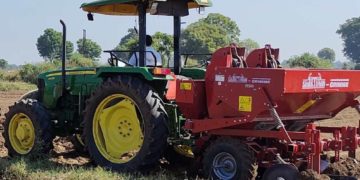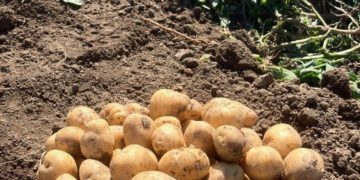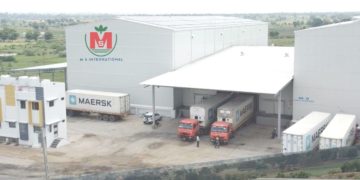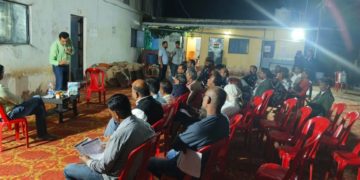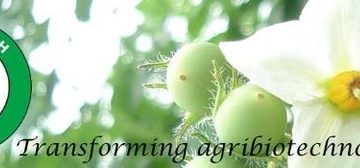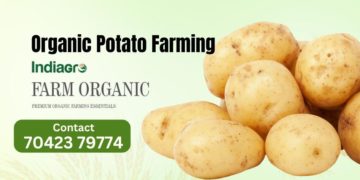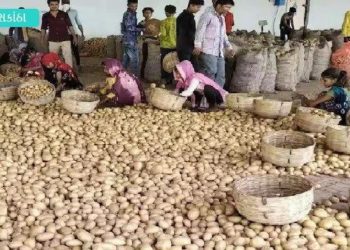Potato Farming Through Innovative Sustainable Practices
In the fertile heartland of Punjab, where agriculture forms the backbone of the economy, Mr. Jagtar Brar from Bathinda has emerged as a visionary in the realm of sustainable farming. Since 2015, Brar has been spearheading an approach to managing paddy straw, transforming what was once considered a problematic agricultural waste into a valuable resource for potato cultivation. The methods not only address the pressing issue of crop residue burning but also pave the way for more efficient and environmentally friendly farming practices.
The Genesis of Innovation: A Journey of Discovery
Brar’s transformative journey began in 2009 during a visit to the exhibition organized by AMMA (Agricultural Machinery Manufacturers Association). It was here that he first encountered a baler, a piece of equipment that would later play a crucial role in managing crop residues At the time, the baler represented an emerging technology in India for managing paddy straw, offering a glimmer of hope in the quest to find alternatives to the widespread practice of crop residue burning.

This chance encounter at the exhibition sparked a series of collaborative efforts and experiments. Brar joined forces with agricultural experts Dr. Rajvir Singh Brar and Dr. Jitender Singh Brar and few more like-minded farmers, forming a formidable team dedicated to finding a sustainable solution. Their collective goal was twofold and ambitious: to discover an alternative to the environmentally harmful practice of burning paddy straw while simultaneously optimising techniques for potato planting in post-paddy fields.
The journey from concept to implementation was far from smooth. It involved years of rigorous experimentation, countless trials, and numerous setbacks. The team faced challenges in adapting the technology to local conditions, fine-tuning the process to ensure it was both effective and economically viable for farmers. Their perseverance paid off in 2015 when they finally perfected their method, marking a significant milestone in sustainable agricultural practices in the region.
A Sustainable Solution Emerges: The Innovative Process
After years of dedicated research and refinement, this team developed a comprehensive and effective method for managing paddy straw and preparing fields for potato cultivation. This innovative process involves several key steps, each carefully designed to maximize efficiency and minimize environmental impact:
- Harvesting with Precision: The process begins with the harvesting of paddy using a state-of-the-art combine harvester. Crucially, this harvester is equipped with a Straw Management System (SMS). The SMS is a game-changer, as it chops and spreads the straw evenly across the field during the harvesting process, setting the stage for effective incorporation into the soil.
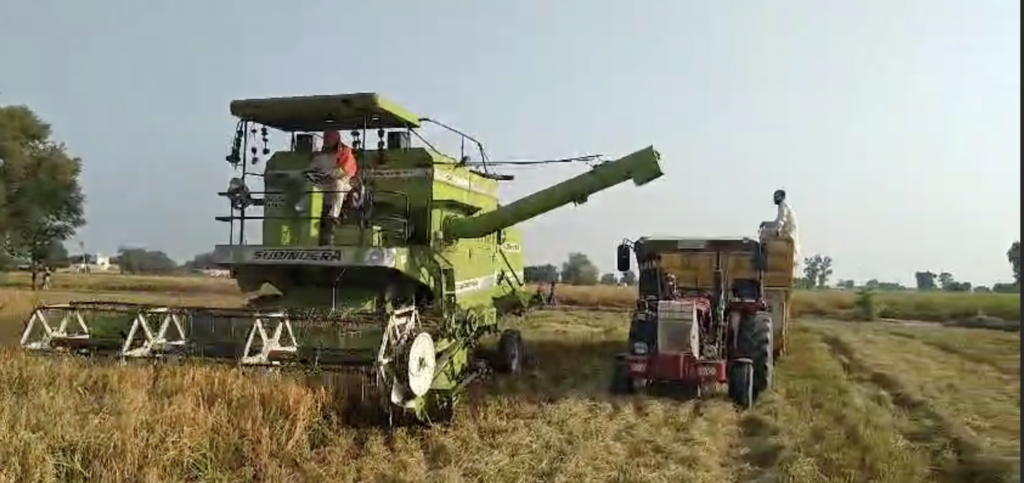
2. Straw Incorporation: Following the harvest, a mulcher is employed. The mulcher’s role is to thoroughly mix the chopped paddy straw into the soil. This step is critical as it begins the process of converting the straw from waste into a valuable soil amendment. Rotavators are use to mix the straw in the soil

Deep Soil Preparation: The next phase involves the use of reversible mouldboard plows. These plows play a crucial role in overturning the soil, effectively burying the incorporated straw deeper into the ground. This step not only aids in decomposition but also helps in improving soil structure and fertility.
4. Fine-Tuning the Soil: The final step in field preparation involves multiple passes of cultivator and rotavator. This implement helps in breaking down any remaining clumps, creating a fine, well-aerated soil bed that is ideal for potato planting. The number of passes with the rotavator is determined based on soil conditions to achieve the optimal texture.
This meticulously developed process represents a significant departure from traditional methods. It not only eliminates the need for straw burning but also enhances soil health, setting the stage for improved potato yields. The method’s success lies in its holistic approach, addressing multiple agricultural challenges simultaneously.
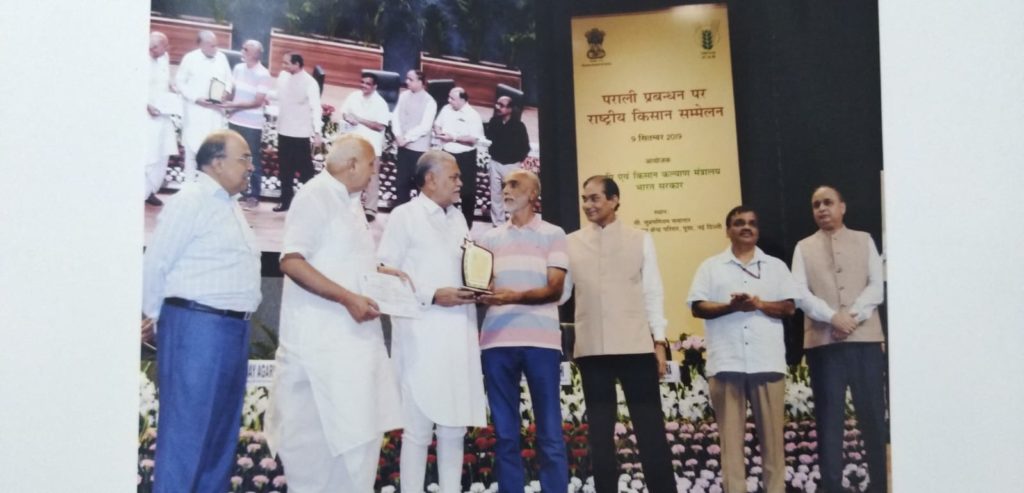
Benefits Beyond the Field: A Multi-Faceted Impact
The approach pioneered by Brar and team has demonstrated remarkable results, particularly in water-scarce regions like Bathinda. The benefits of this method extend far beyond just managing crop residue, offering a range of advantages that contribute to more sustainable and productive farming:
- Significant Water Conservation: One of the most striking benefits of Brar’s method is its ability to reduce water usage by up to 40%. In a region where water scarcity is a growing concern, this level of conservation is nothing short of revolutionary. The improved soil structure resulting from straw incorporation enhances water retention, allowing for more efficient irrigation practices.
- Enhanced Crop Quality: The method has shown a remarkable ability to prevent potato rusting, a common issue that can significantly impact the marketable yield of potatoes. By creating more favorable soil conditions, the incidence of rusting is greatly reduced, leading to higher quality produce and better economic returns for farmers.
- Improved Soil Health: The incorporation of paddy straw into the soil creates more aerobic conditions, which are beneficial for overall soil health. This improved soil environment boosts microbial activity, enhances nutrient cycling, and contributes to better overall crop health. The long-term benefits of this practice include increased soil organic matter and improved soil structure.
- Environmental Protection: By eliminating the need for straw burning, this method significantly reduces air pollution, a major environmental and health concern in the region. It also contributes to carbon sequestration, as the incorporated straw decomposes in the soil rather than releasing carbon into the atmosphere through burning.
- Sustainable Pest Management: The improved soil health resulting from this practice has been observed to enhance the crop’s natural resistance to pests and diseases, potentially reducing the need for chemical interventions.
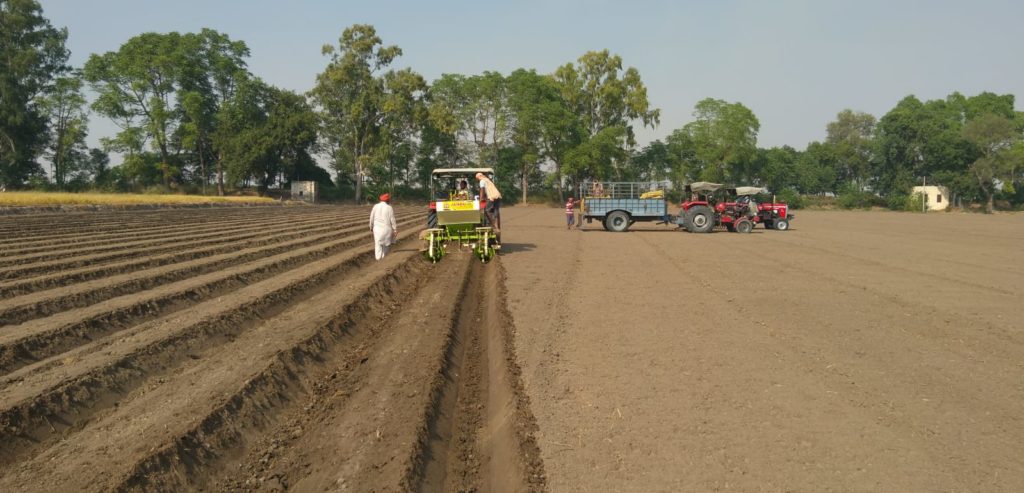
A Legacy of Sustainable Farming: Brar’s Ongoing Commitment
With an impressive 46 years of experience in potato farming, Jagtar Brar has become a respected figure in the agricultural and potato community. His current operations focus on cultivating potato seeds on 48-inch beds in the Bathinda district, an area known for its challenging agricultural conditions. This bed size has been carefully chosen as it is particularly well-suited to the soil conditions created by innovative preparation methods.
Brar’s commitment to this sustainable approach remains unwavering, despite the higher initial costs associated with implementing these practices. His philosophy is rooted in a deep respect for the land and a belief in the principle of reciprocity in agriculture – giving back to the earth what we take from it. This ethos of sustainable and regenerative farming is not just a business strategy for Brar, but a moral imperative, driven by the understanding that the health of our planet is inextricably linked to the future of agriculture.
In his ongoing work, Brar continues to refine and adapt his methods. He actively participates in various Crop Residue Management (CRM) related events, constantly seeking input from experts and staying abreast of the latest developments in sustainable agriculture.
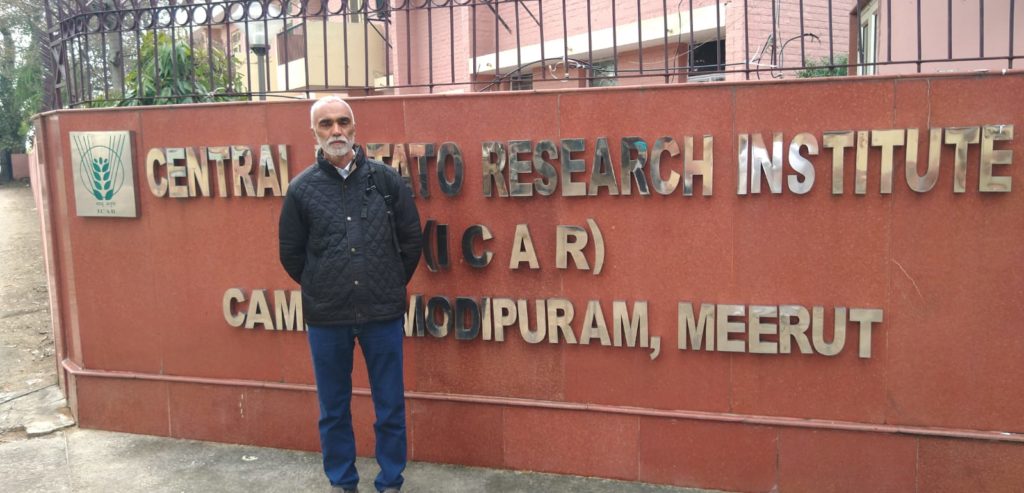
As the agricultural sector continues to grapple with the dual challenges of increasing food production and reducing environmental impact, stories like Brar’s offer hope and inspiration. They show that sustainable practices are not just theoretical concepts but can be successfully implemented on the ground, providing real benefits to farmers, consumers, and the environment alike.
The journey of Jagtar Brar from a traditional farmer to a pioneer in sustainable agriculture exemplifies the power of innovation and the importance of respecting natural resources. As his methods gain recognition and adoption, they have the potential to transform agricultural practices on a broader scale, contributing to a more sustainable and resilient future for farming.

